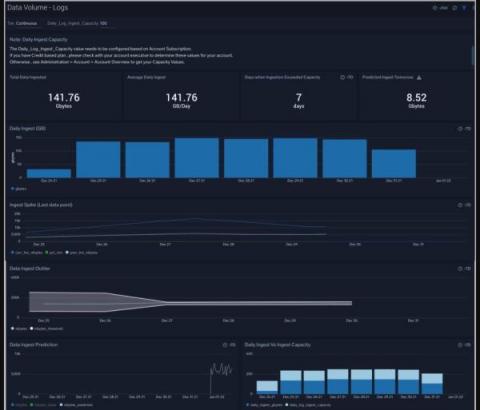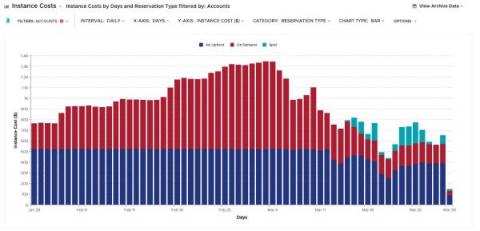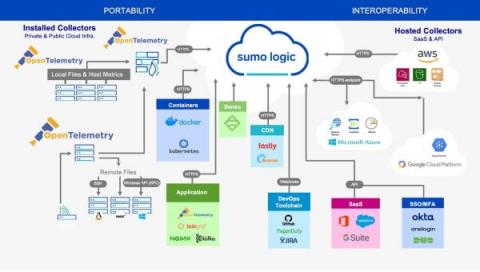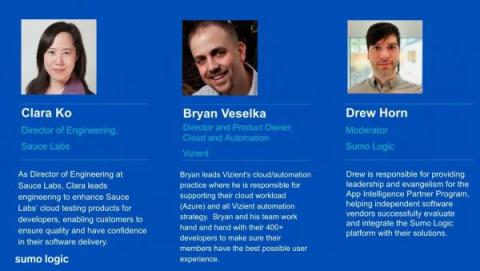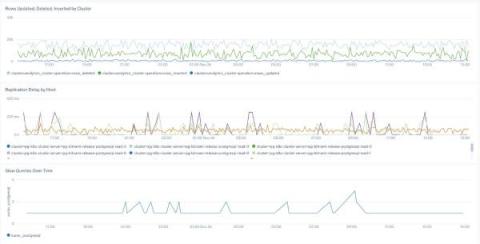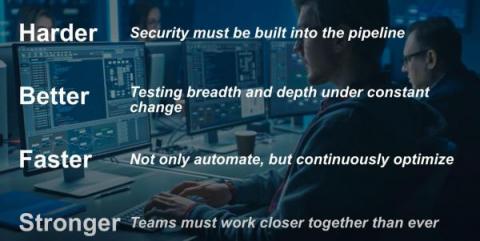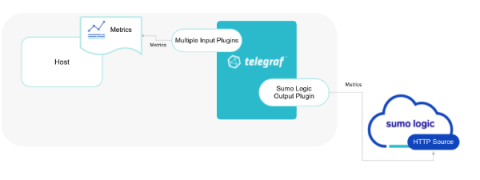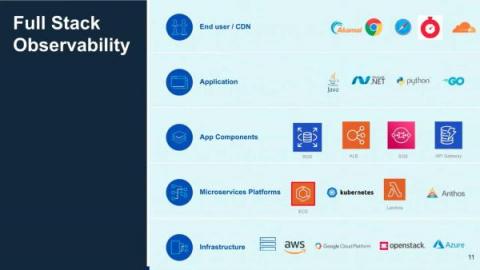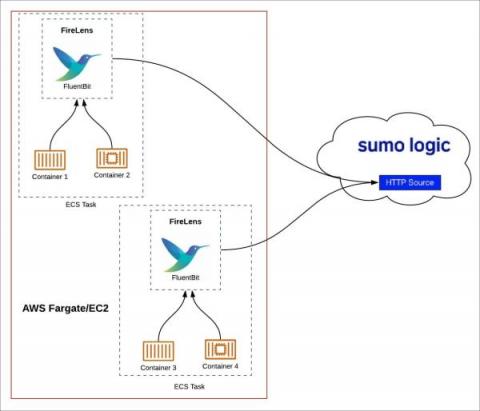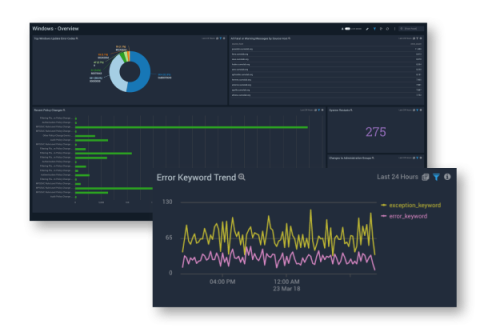Make the most of your observability data with the Data Volume app
As a DevOps, SecOps, or IT operations manager, you're surrounded by all the technology for the systems running the entire organization. This means legacy infrastructure, multi-cloud environments, services, tools, and applications. All of these components generate data—a huge amount of data—some of which you need to leverage for full-stack observability to ensure those systems supporting the business are running efficiently.


